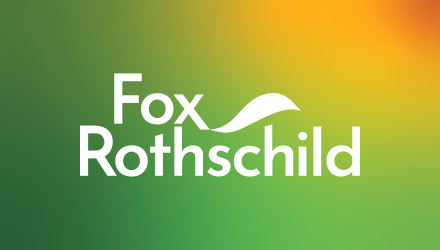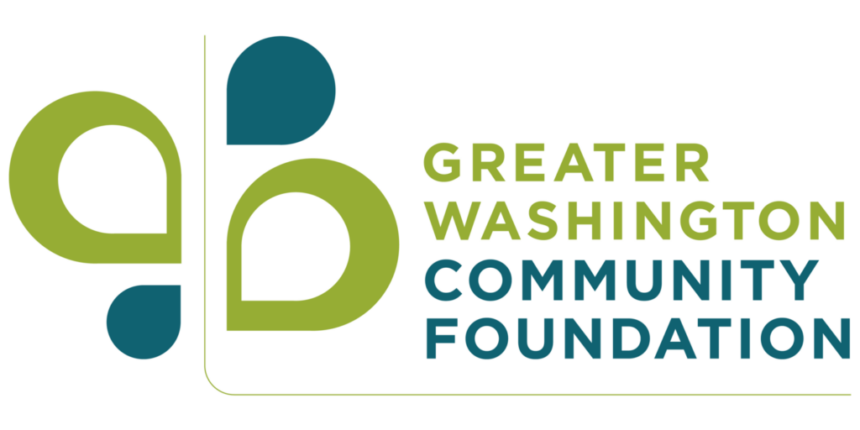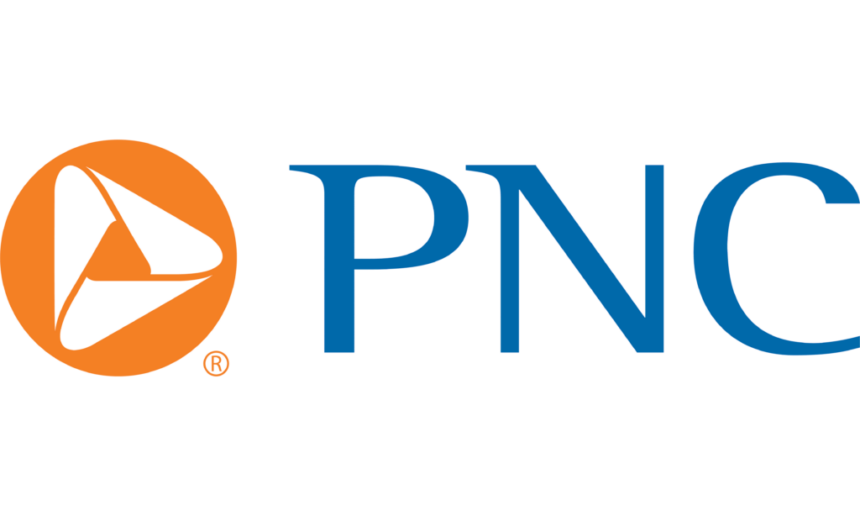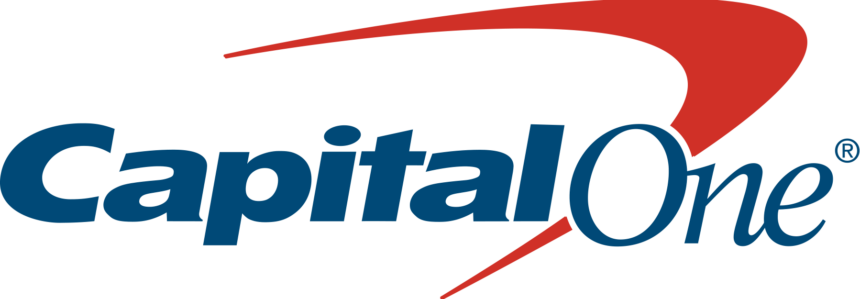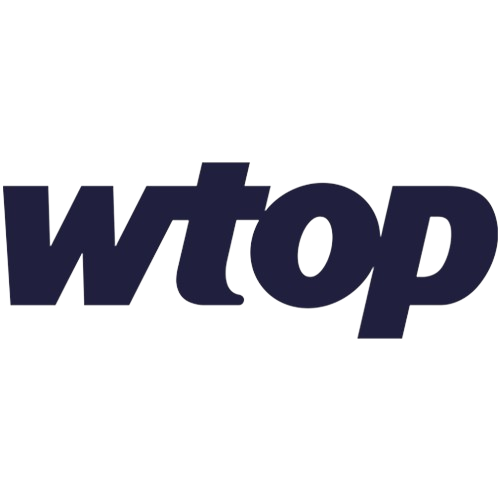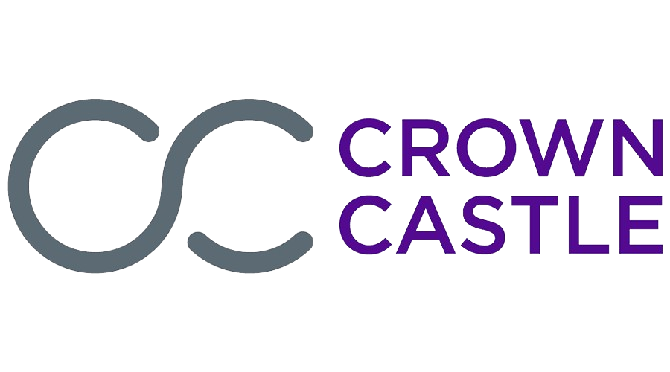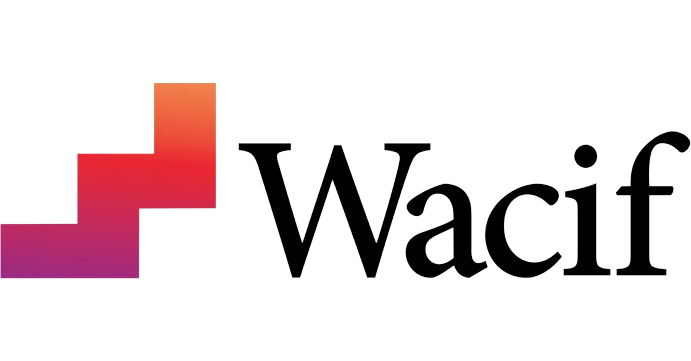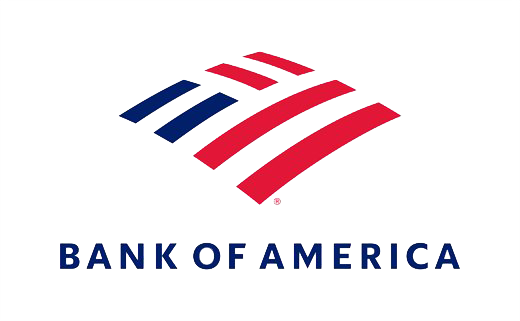The Digital Divide and Our Economic Competitiveness
The digital divide is the gap between those who have access to and full adoption of technology and those who do not. It is both a symptom and a cause of social inequity and affects all generations in both rural and urban communities. Join this session to learn about the digital divide and how your organization can be a driver for change.
Moderator: George Zuo, PhD candidate in economics, University of Maryland
Panelists
- Lindsey Parker, Chief Technology Officer, District of Columbia
- Debra Berlyn, President & CEO GOAL (Get Older Adults onLine)
- Kevin Brown, Principal, Digital Transformation and Intelligent Automation Practice, EY
Webinar Recording
Summary
- Five groups of individuals are most impacted by the “digital divide,” or the inability to access digital technology:
- Low-income workers. Studies have found that programs that provide affordable broadband access have a measurable impact on economic mobility.
- Racial minorities. Black and Hispanic communities are lagging 10 years behind white communities on average on technical connectivity and digital literacy. That impacts how prepared they are for technical jobs of the present and future.
- Students. Many students do not have tools for remote learning and were left behind during the pandemic. The consequences of a year-long educational setback for those students will be irreversible.
- Seniors. Telehealth has been a great way to connect doctors and patients, especially during the COVID-19 pandemic. Digital access also helped seniors to stay connected socially.
- Rural Americans. Rural communities often do not have the same broadband technologies.
- Federal funding can help close the gap. The Federal Communications Commission (FCC) will be providing an internet subsidy up to $50/month to qualifying Americans, plus a subsidy for purchasing a computer. The private sector also has a role to play, and many companies have CSR programs that help low-income families get online.
- Lindsey Parker, the Chief Technology Officer for the District of Columbia, said that closing the digital divide will also support our region’s competitiveness and set the DMV apart from other metro areas in the country.
- COVID-19 magnified the consequences of the digital divide. Debra Berlyn of Get Older Adults online (GOAL) explained that during the pandemic, seniors lost access to many of the public places where they would normally access the internet, such as libraries. This left them isolated and unable to access services we all take for granted. The silver lining is that some seniors now see the value of internet access more clearly now than they did pre-pandemic.
- Lindsey Parker explained that early in the pandemic, the District made it a priority to get kids online so that they could join virtual school. They were given computers and hot spots. This was the first time some households had access to the internet and some of those hot spots were quickly overloaded. Lindsey Parker said that District-wide LTE service would be superior to government-provided routers.
- Kevin Brown of EY explained that many companies are pivoting to digital platforms and away from brick-and-mortar stores, especially since the pandemic. If you’re an employee or consumer who is not digitally literate or doesn’t have digital access, you will be left behind. This is another important reason to close the digital divide—digital access will only become more important with time.
About the Racial & Social Equity Webinar Series
The Greater Washington Board of Trade’s Racial and Social Equity Webinar Series will provide business leaders across the region the knowledge and tools they need to build more diverse, inclusive, and equitable organizations. It will help leaders identify drivers of inequity and injustice and take concrete steps towards being agents of positive change.
Presenting Sponsor and Knowledge Partner
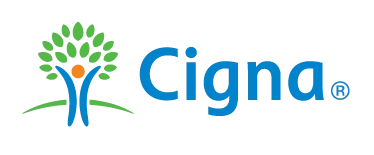
Executive Sponsor

Supporting Sponsor
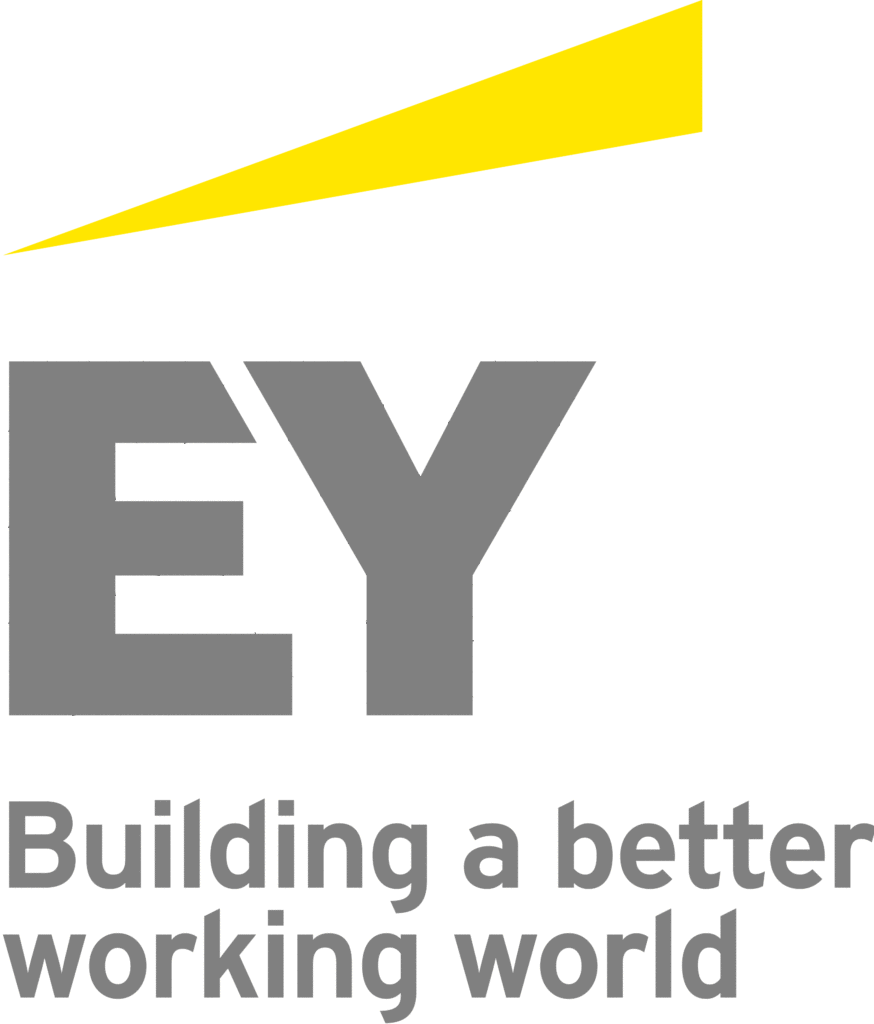
Program Partner

Become a member today
We need your voice at the table to make Greater Washington a place where everyone can succeed


